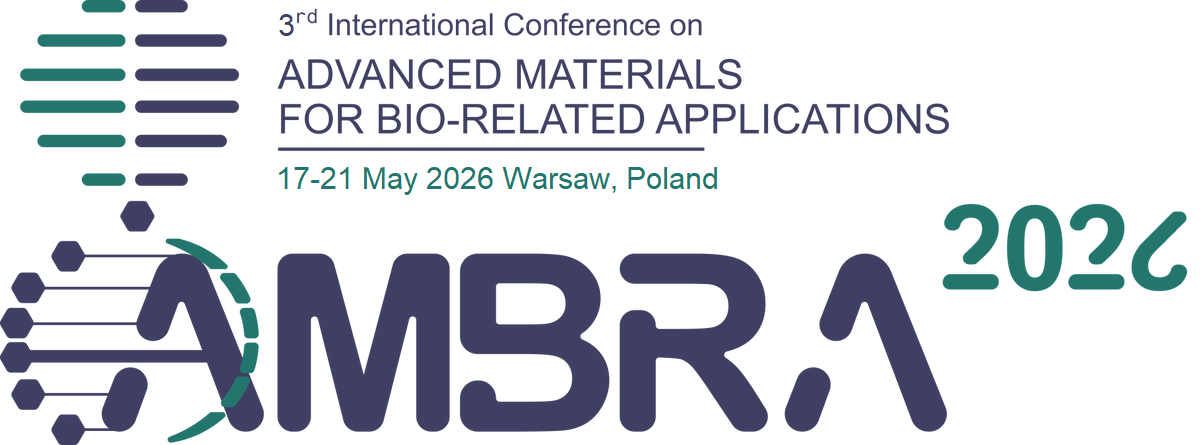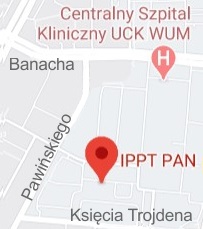| 1. |
Tytko G.♦, Adamczyk-Habrajska M.♦, Linke Y.♦, Liu Z.♦, Kopeć M., High frequency eddy current method in inspection of aluminide coatings integrity after simulating service loads,
MEASUREMENT, ISSN: 0263-2241, DOI: 10.1016/j.measurement.2025.117356, Vol.252, No.117356, pp.1-11, 2025 Abstract:
This study investigates the use of high-frequency eddy current testing (ECT) to assess the structural integrity of aluminide coatings on MAR-M247 nickel superalloy under simulated fatigue conditions. Aluminide coatings, deposited via chemical vapor deposition at thicknesses of 20 µm and 40 µm, were tested using custom-designed probes optimized for defect detection. Results demonstrate that substrate grain structure and coating thickness significantly influence coating durability, with fine-grain substrates exhibiting the least resistance changes and greatest fatigue tolerance. Eddy current signal variations correlated with microstructural changes, enabling detection of damage otherwise invisible to traditional methods. These findings establish ECT as a precise, non-destructive approach for monitoring aluminide coatings in critical applications. Keywords:
Nickel alloys, Aluminide coating, Non-destructive testing, Eddy current testing Affiliations:
| Tytko G. | - | other affiliation | | Adamczyk-Habrajska M. | - | other affiliation | | Linke Y. | - | Warsaw University of Technology (PL) | | Liu Z. | - | other affiliation | | Kopeć M. | - | IPPT PAN |
|  |
| 2. |
Liu Z.♦, Moreira R.A., Dujmović A.♦, Liu H.♦, Yang B.♦, Poma A.B., Nash M.A.♦, Mapping mechanostable pulling geometries of a therapeutic anticalin/CTLA-4 protein complex,
Nano Letters, ISSN: 1530-6984, DOI: 10.1021/acs.nanolett.1c03584, Vol.22, pp.179-187, 2022 Abstract:
We used single-molecule AFM force spectroscopy (AFM-SMFS) in combination with click chemistry to mechanically dissociate anticalin, a non-antibody protein binding scaffold, from its target (CTLA-4), by pulling from eight different anchor residues. We found that pulling on the anticalin from residue 60 or 87 resulted in significantly higher rupture forces and a decrease in koff by 2–3 orders of magnitude over a force range of 50–200 pN. Five of the six internal anchor points gave rise to complexes significantly more stable than N- or C-terminal anchor points, rupturing at up to 250 pN at loading rates of 0.1–10 nN s^–1. Anisotropic network modeling and molecular dynamics simulations helped to explain the geometric dependency of mechanostability. These results demonstrate that optimization of attachment residue position on therapeutic binding scaffolds can provide large improvements in binding strength, allowing for mechanical affinity maturation under shear stress without mutation of binding interface residues. Keywords:
atomic force microscopy, protein engineering, single-molecule force spectroscopy, mechanical anisotropy, click chemistry, Go̅-Martini model, PCA Affiliations:
| Liu Z. | - | other affiliation | | Moreira R.A. | - | IPPT PAN | | Dujmović A. | - | other affiliation | | Liu H. | - | Imperial College London (GB) | | Yang B. | - | other affiliation | | Poma A.B. | - | IPPT PAN | | Nash M.A. | - | other affiliation |
|  |



















